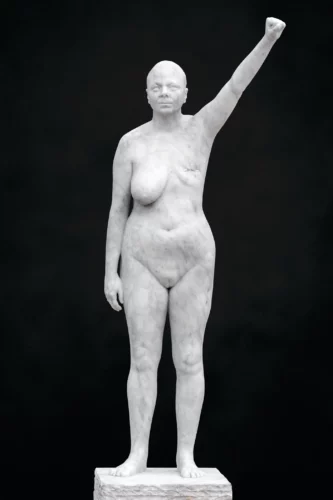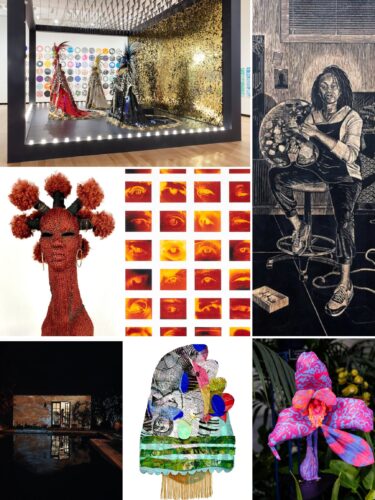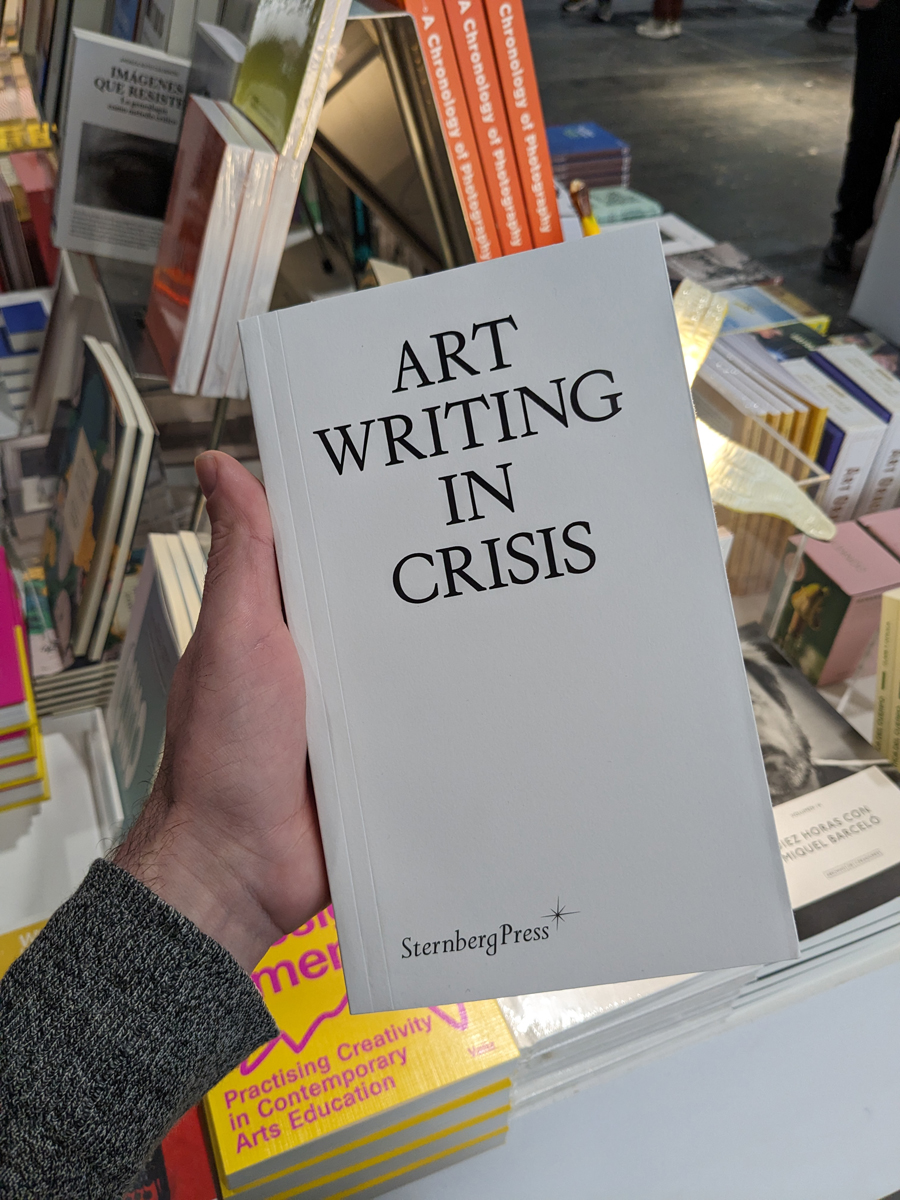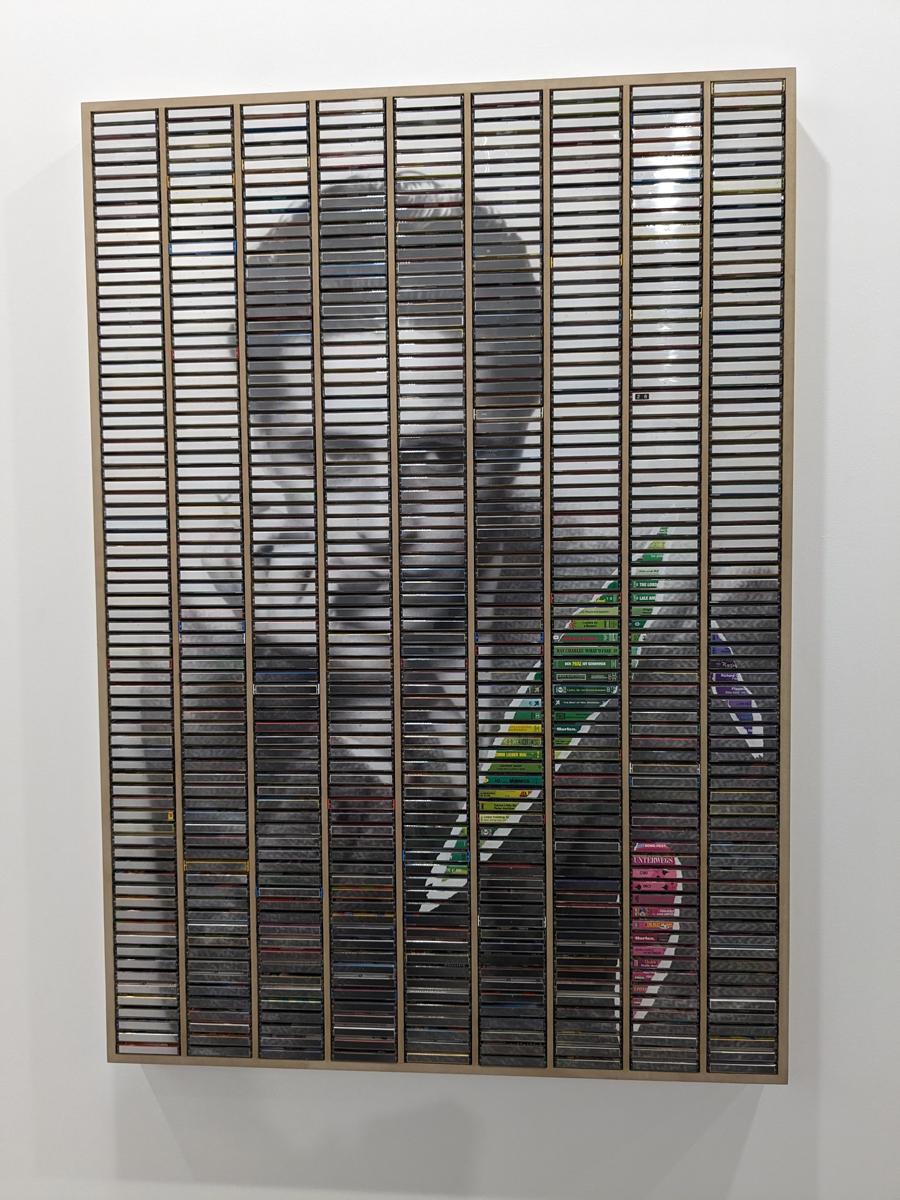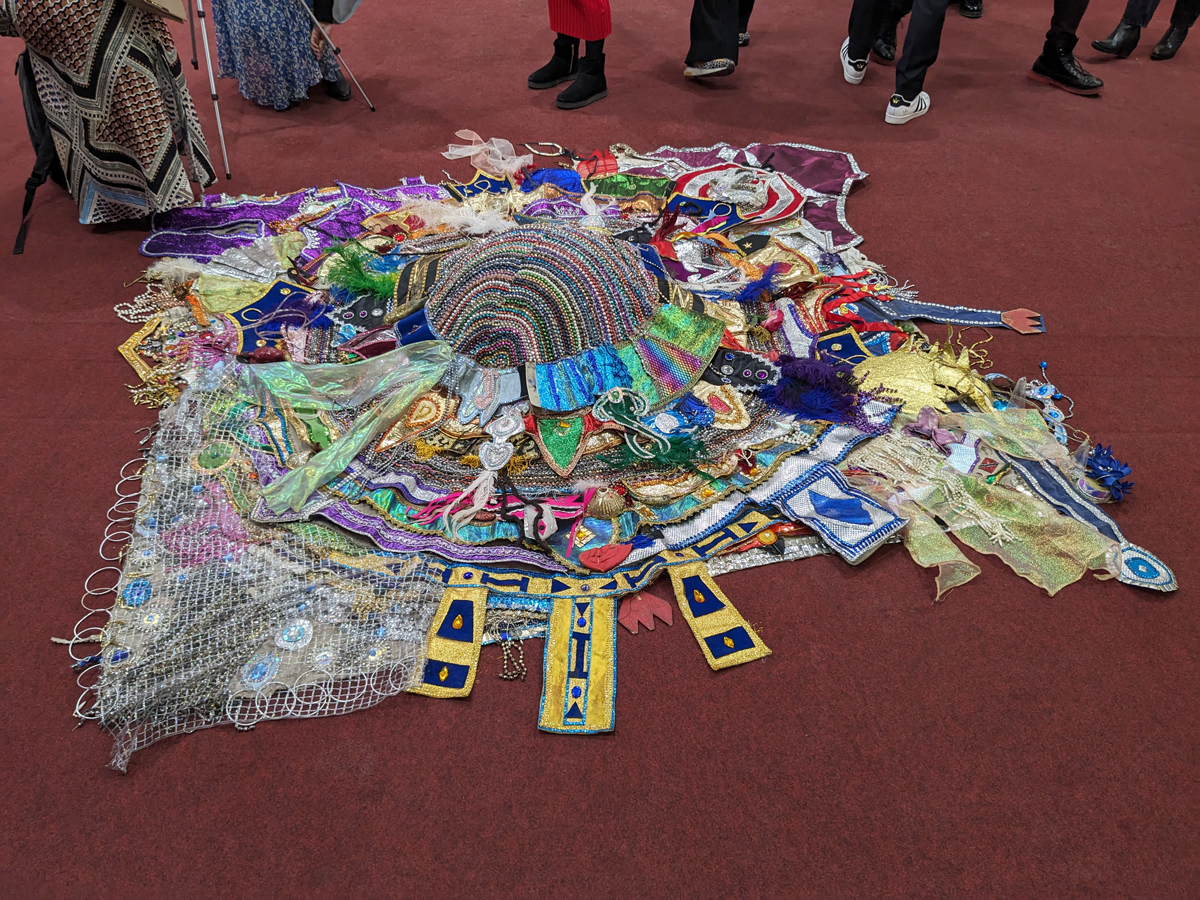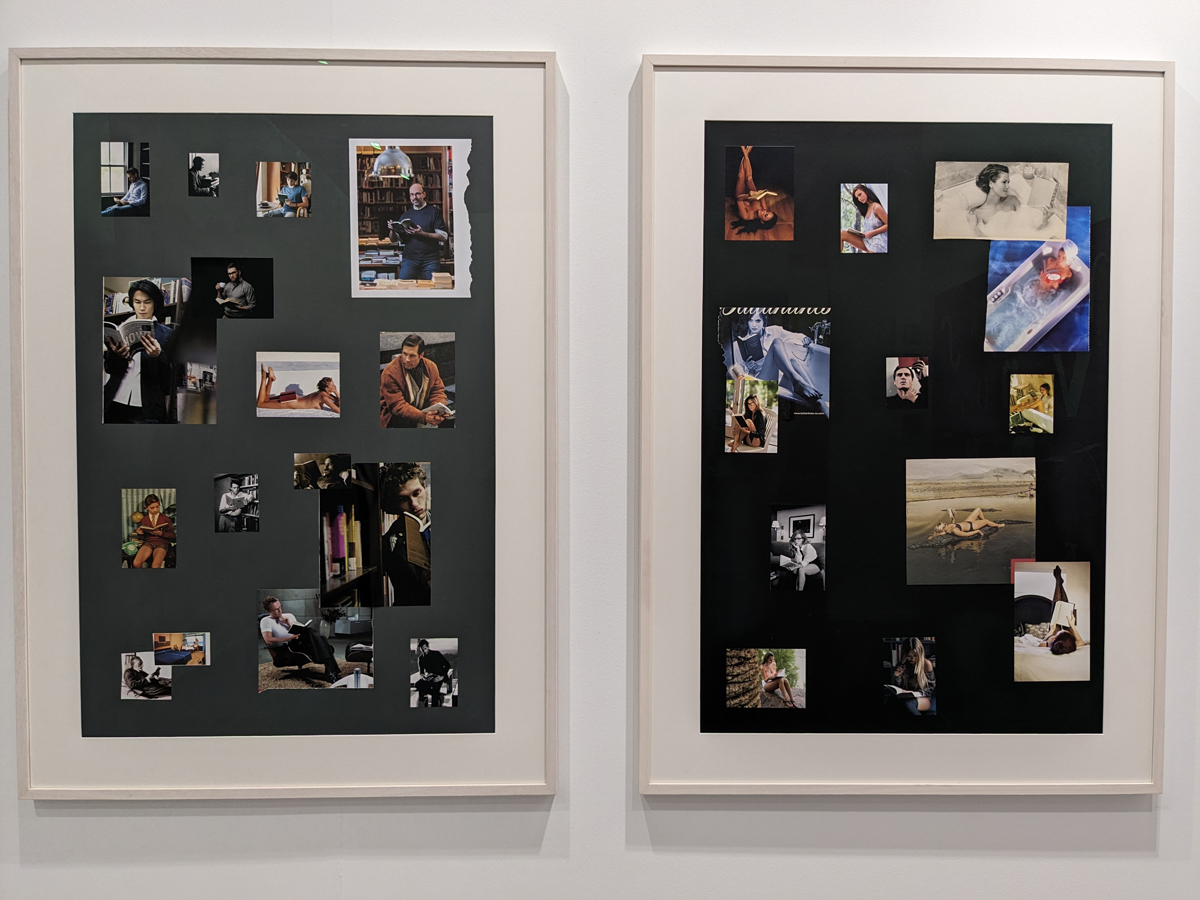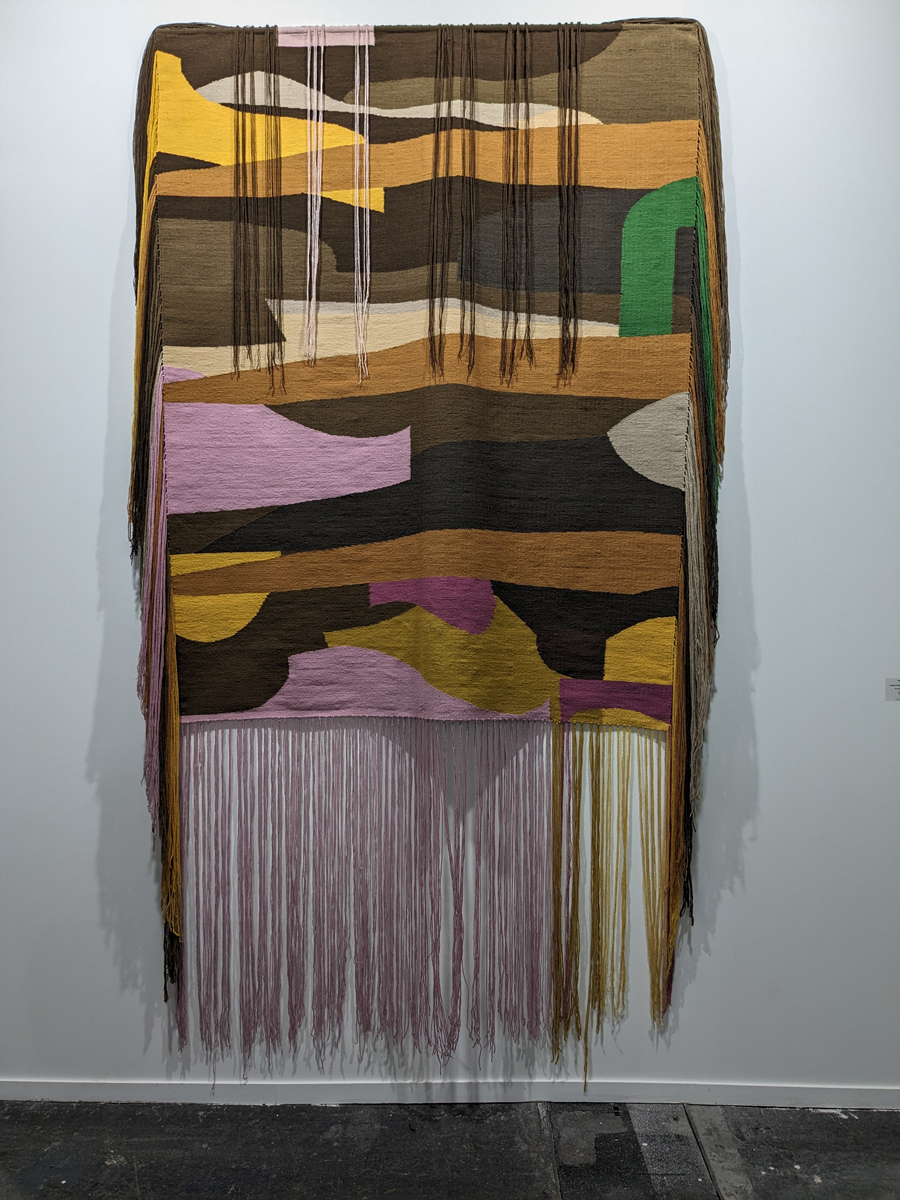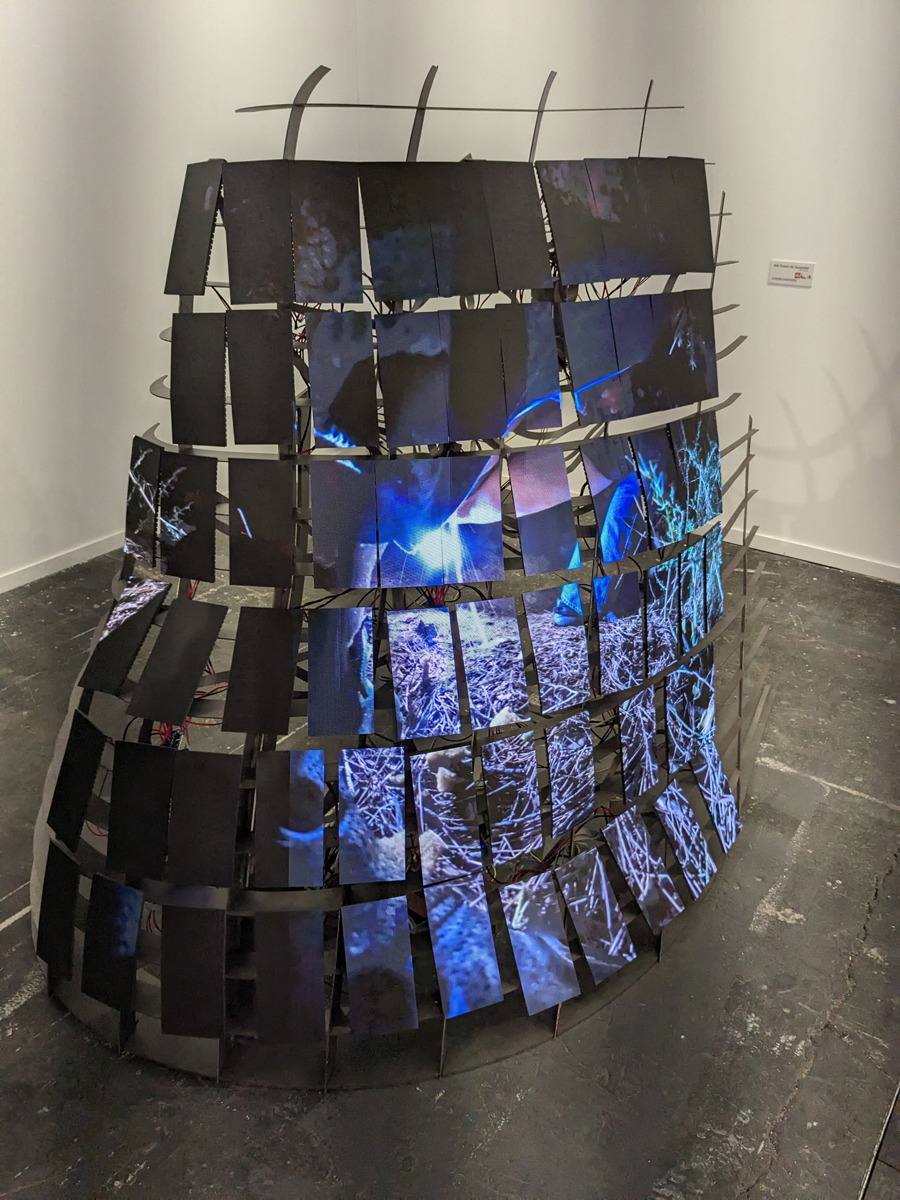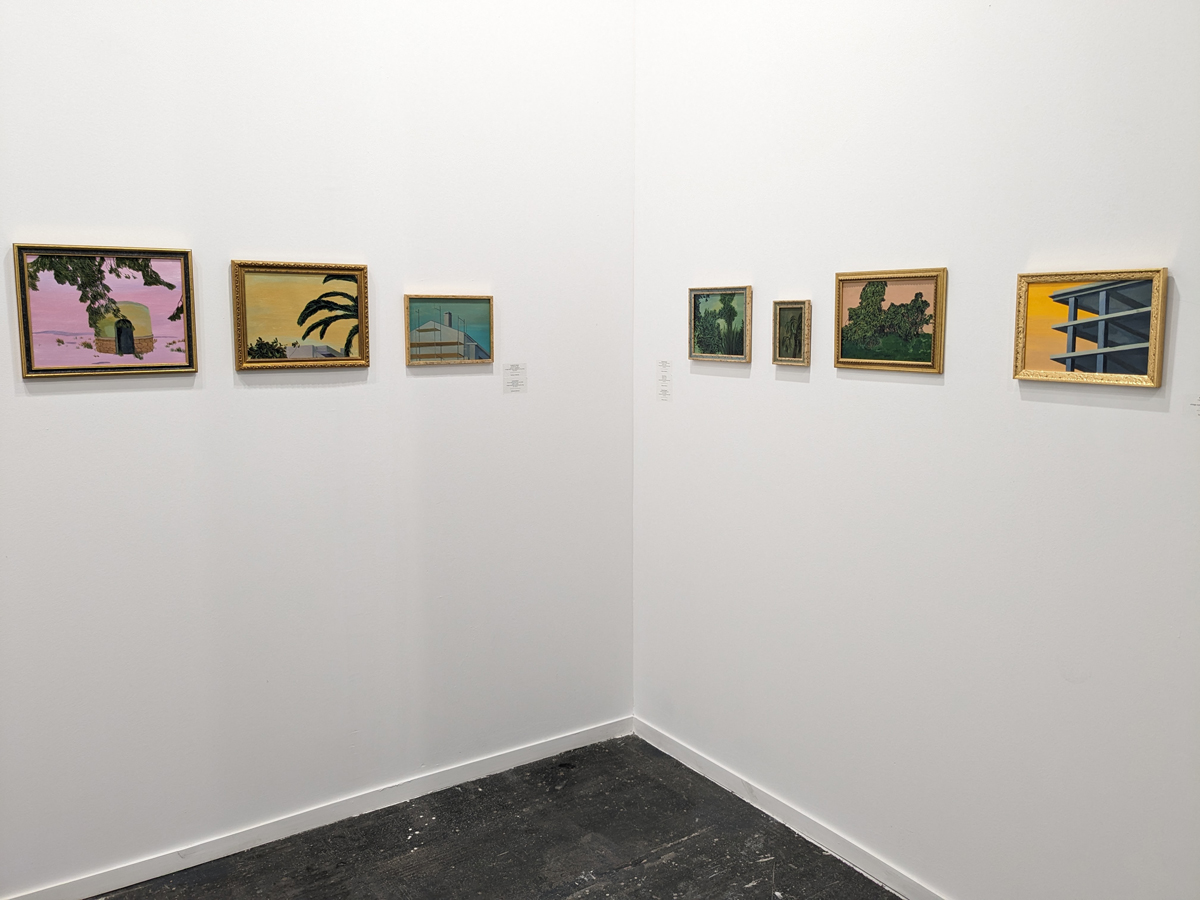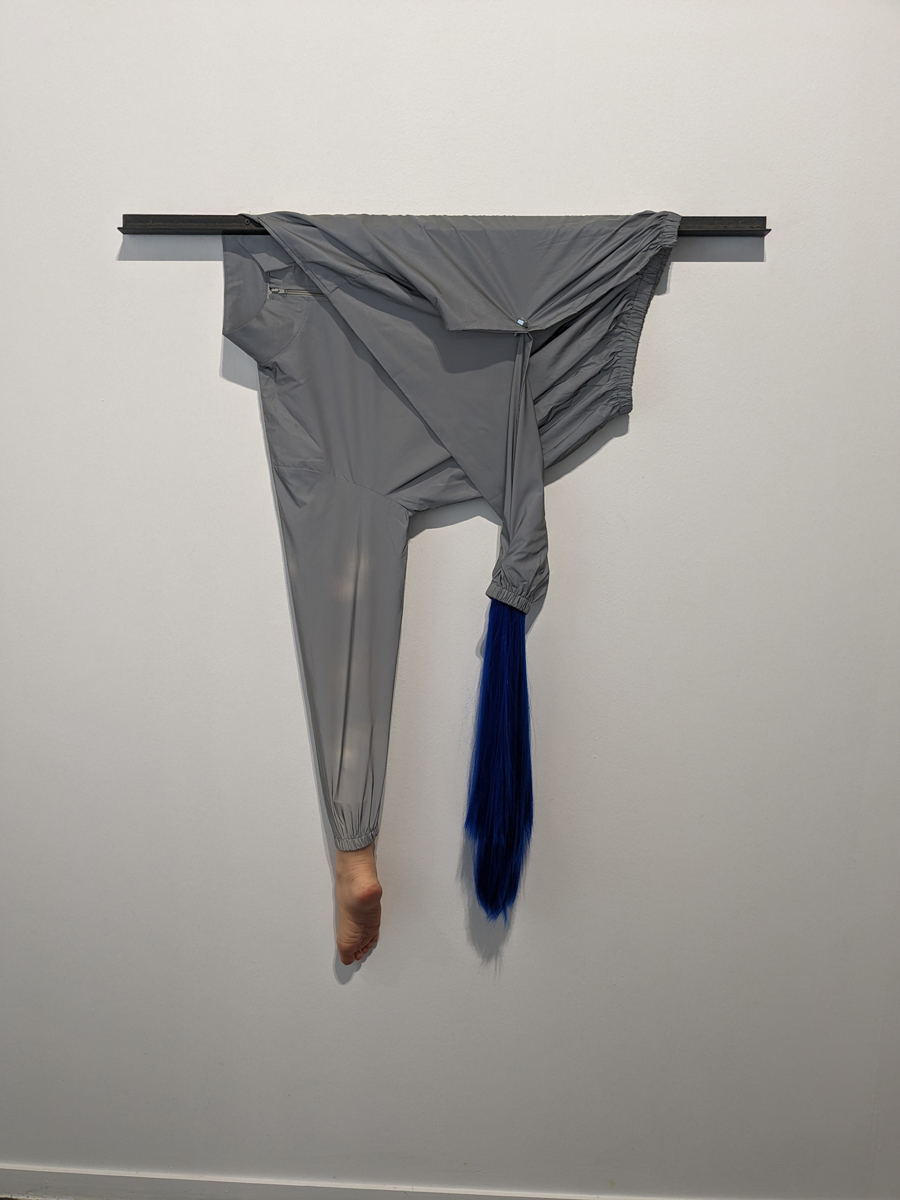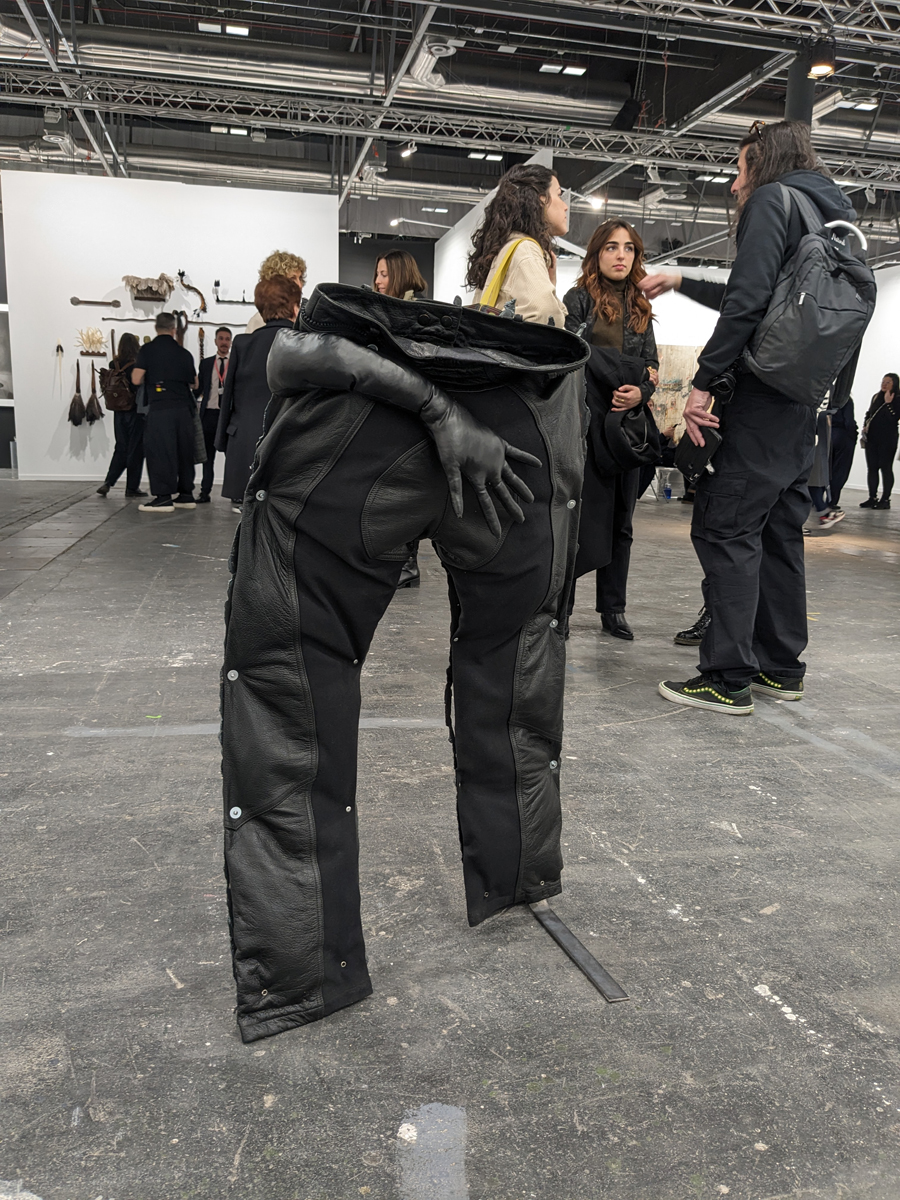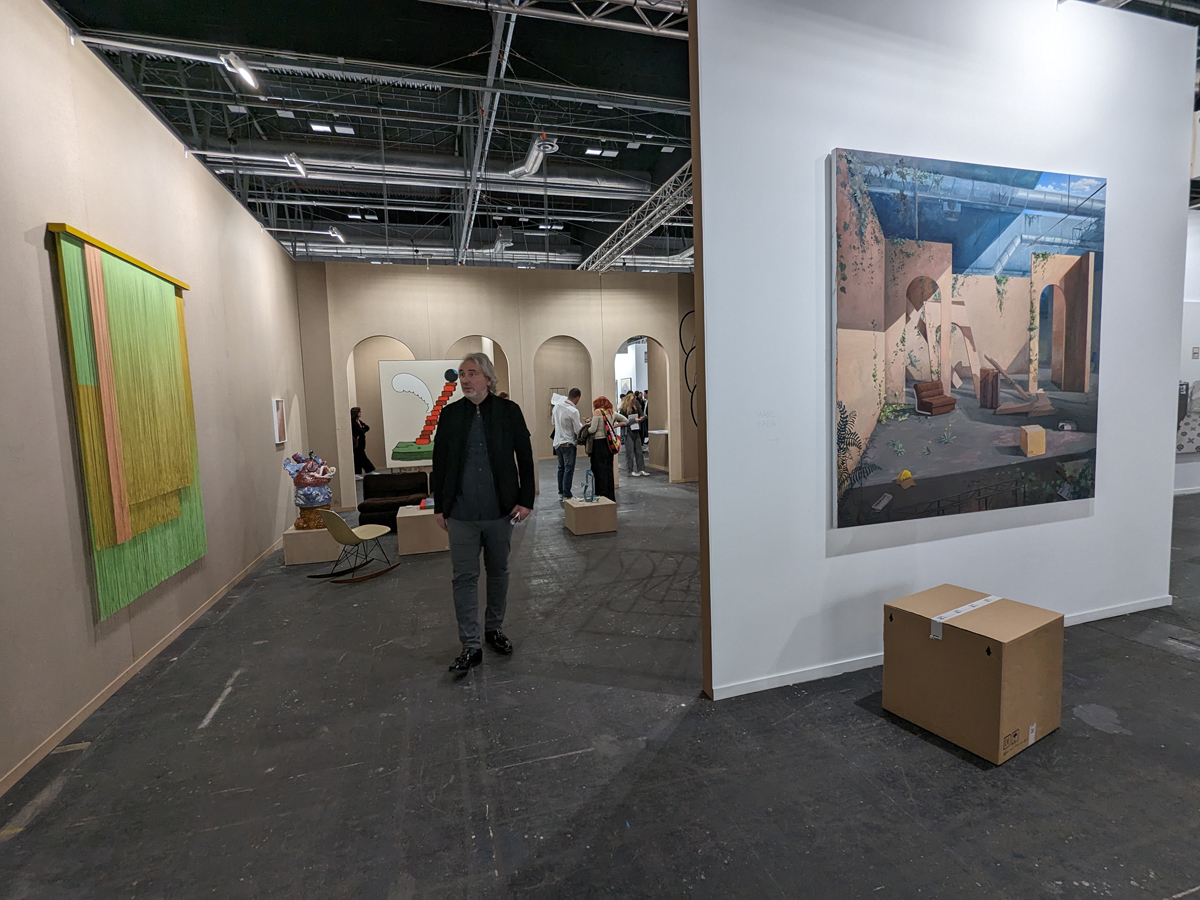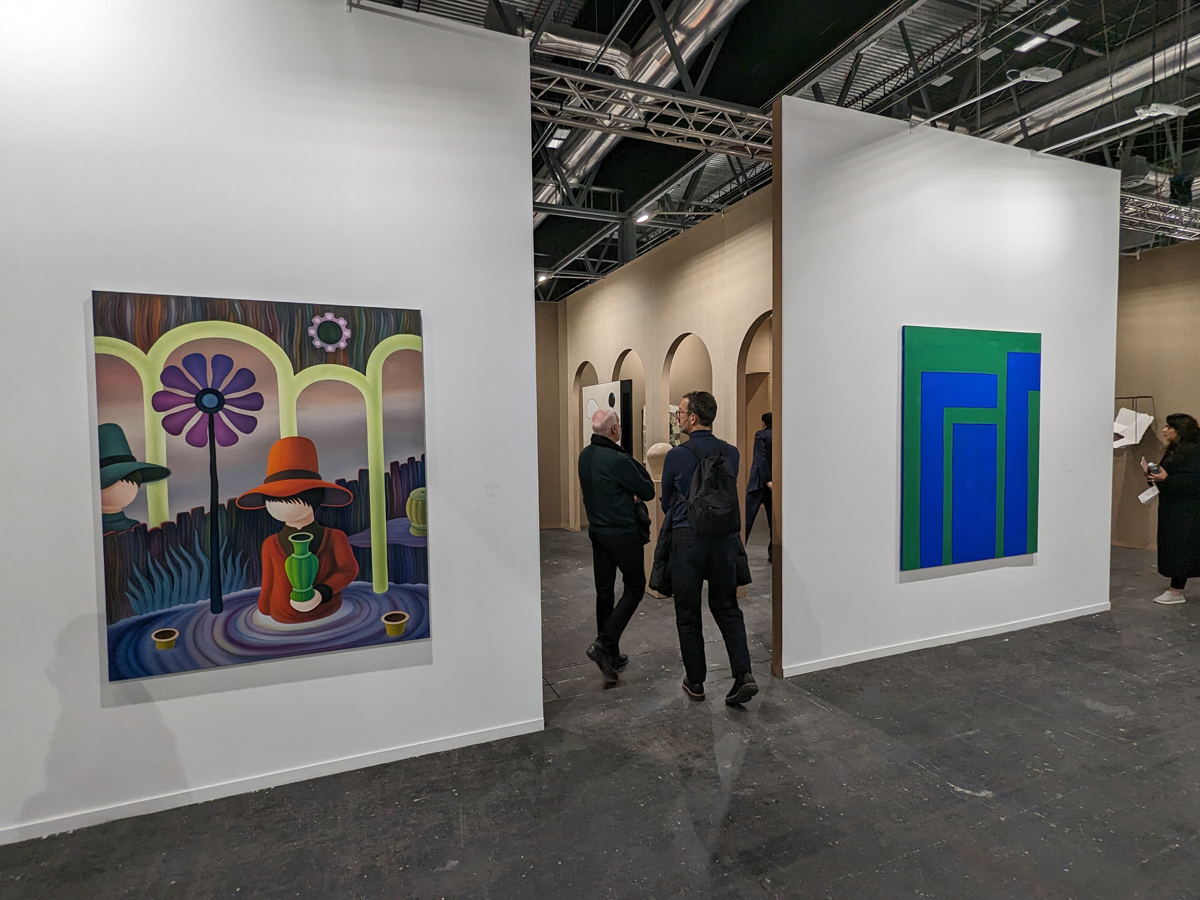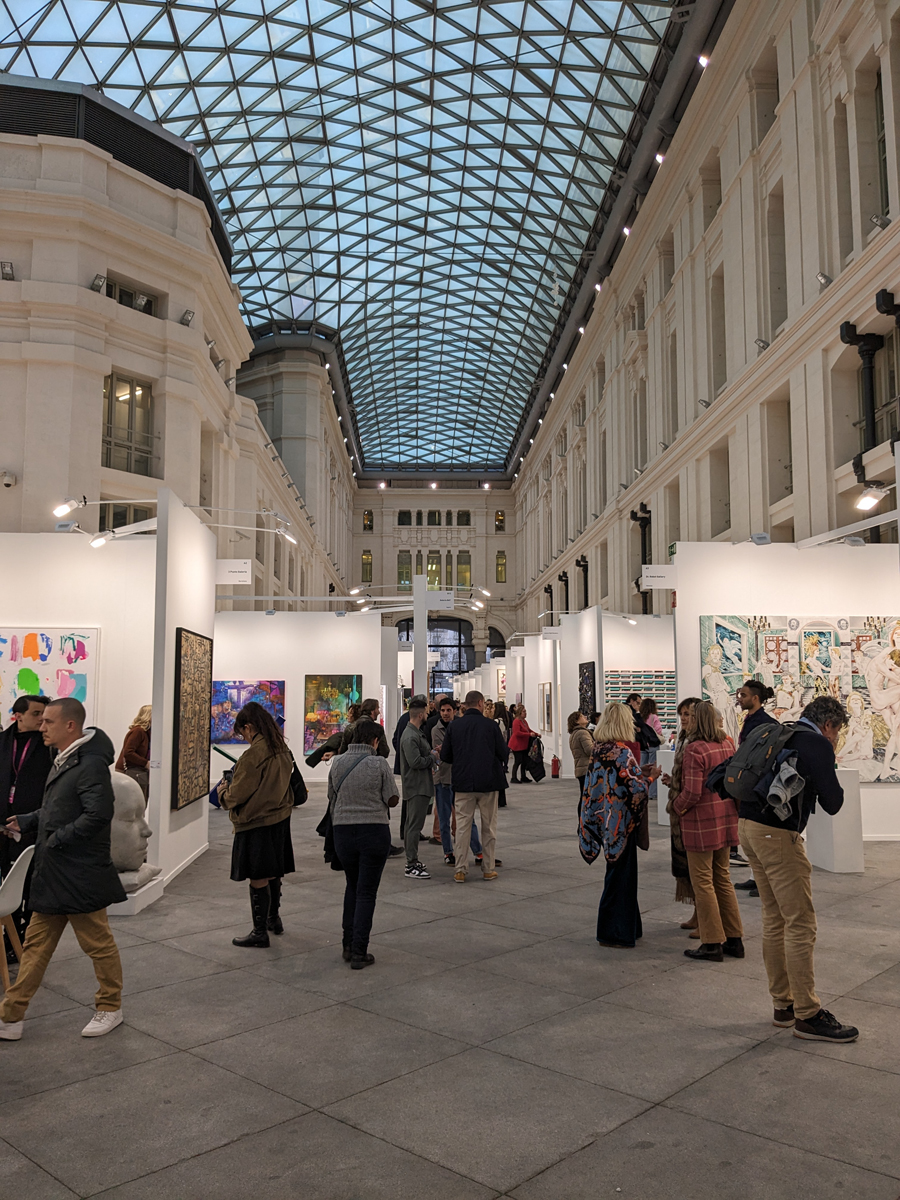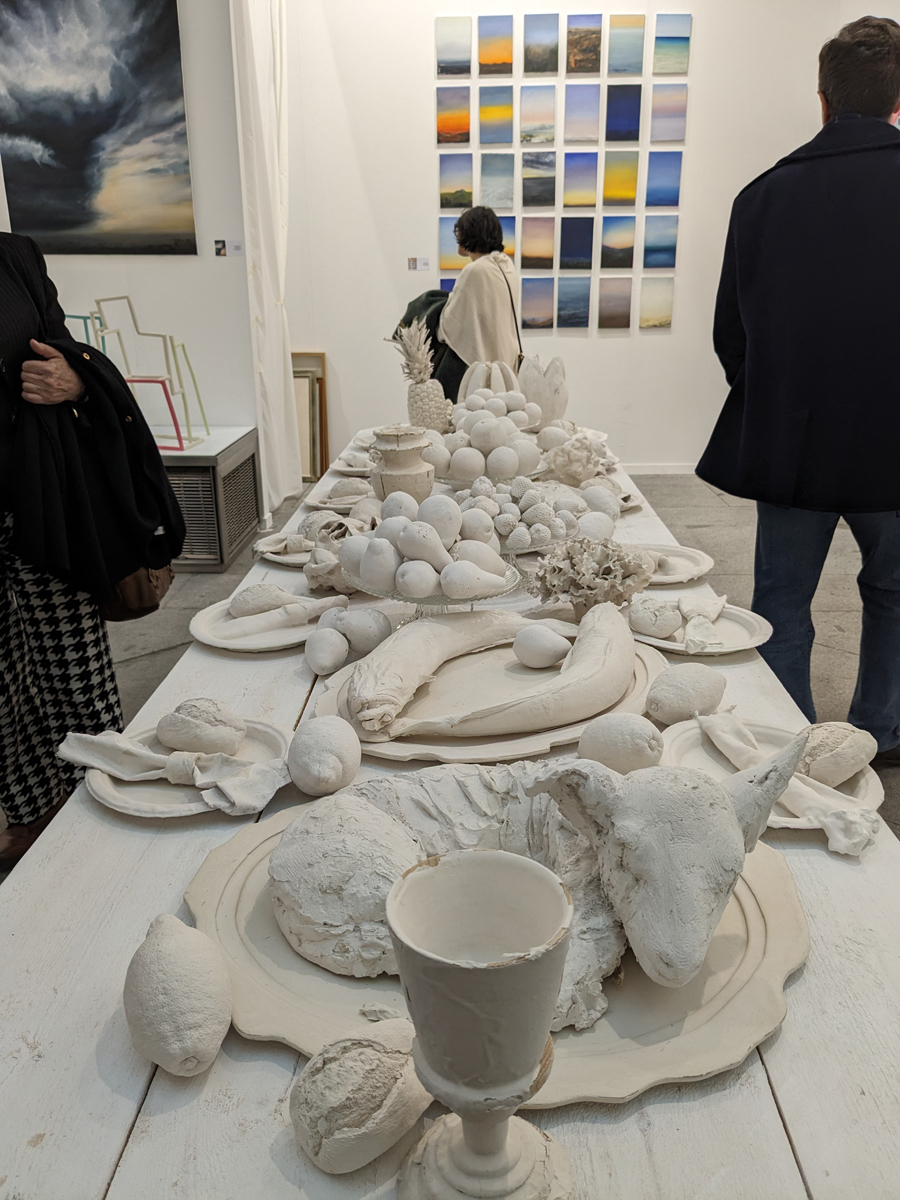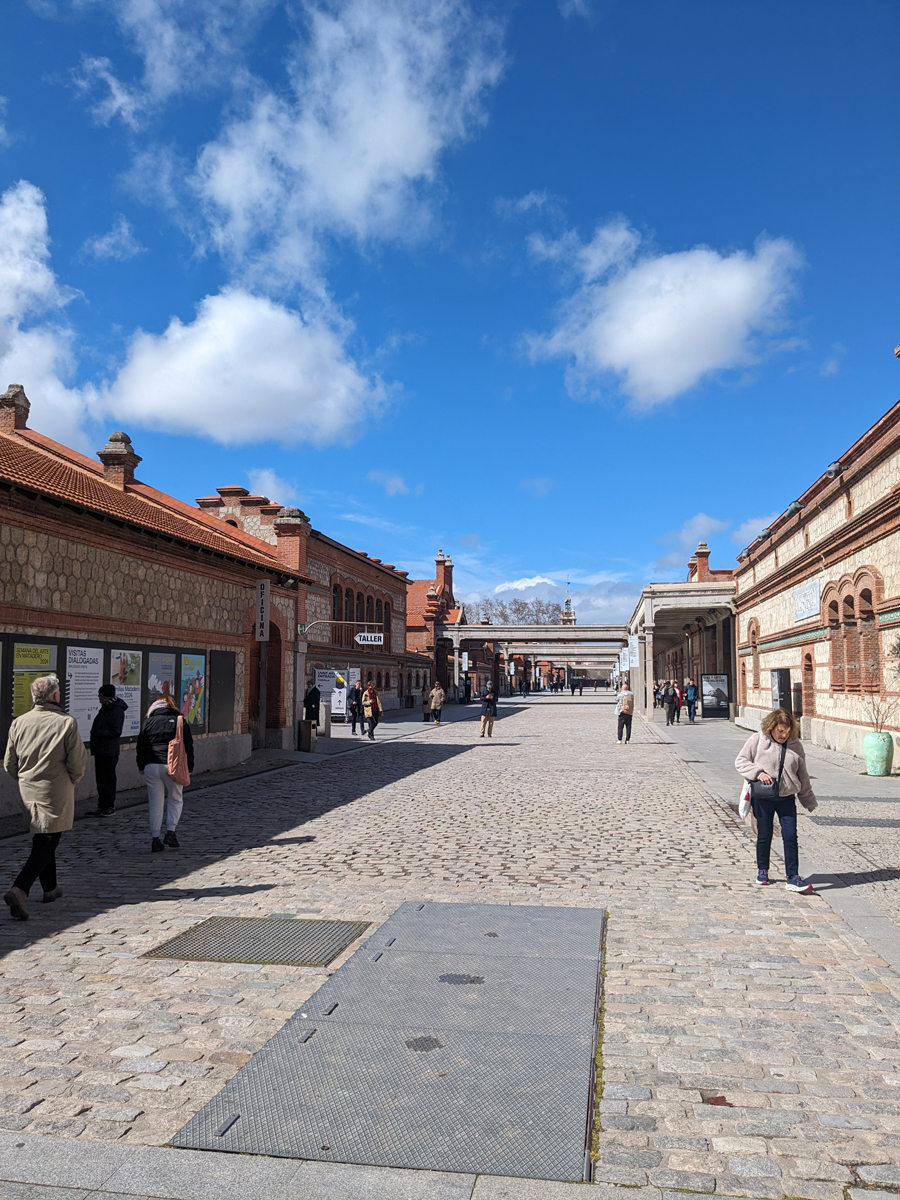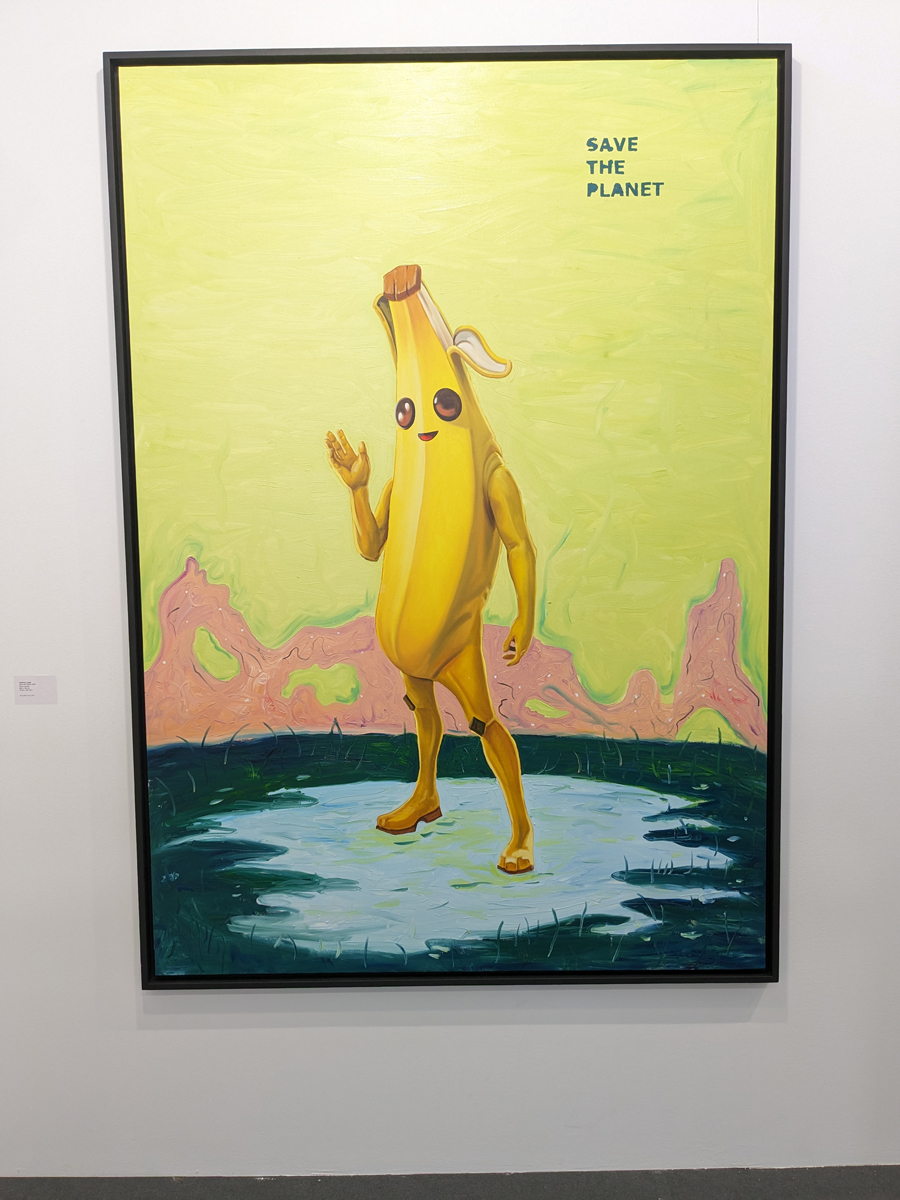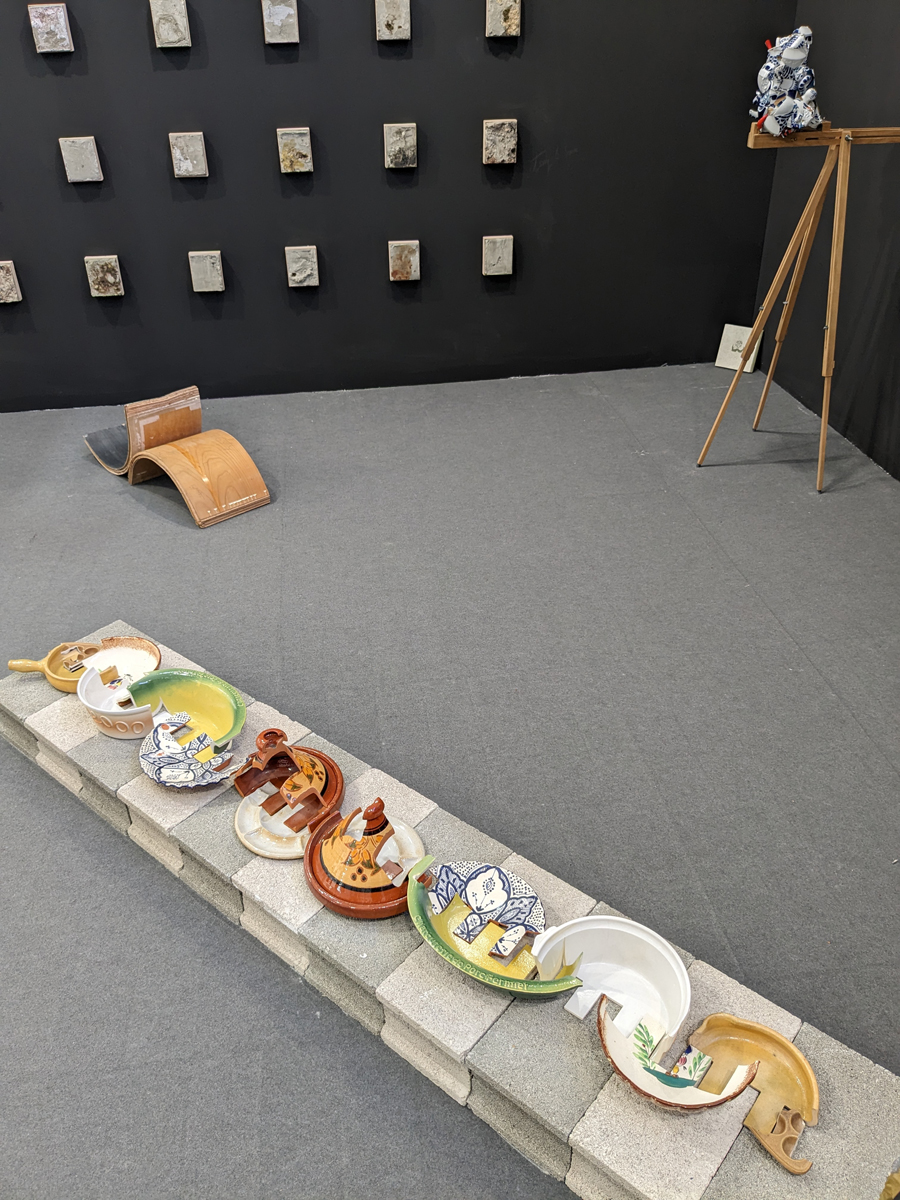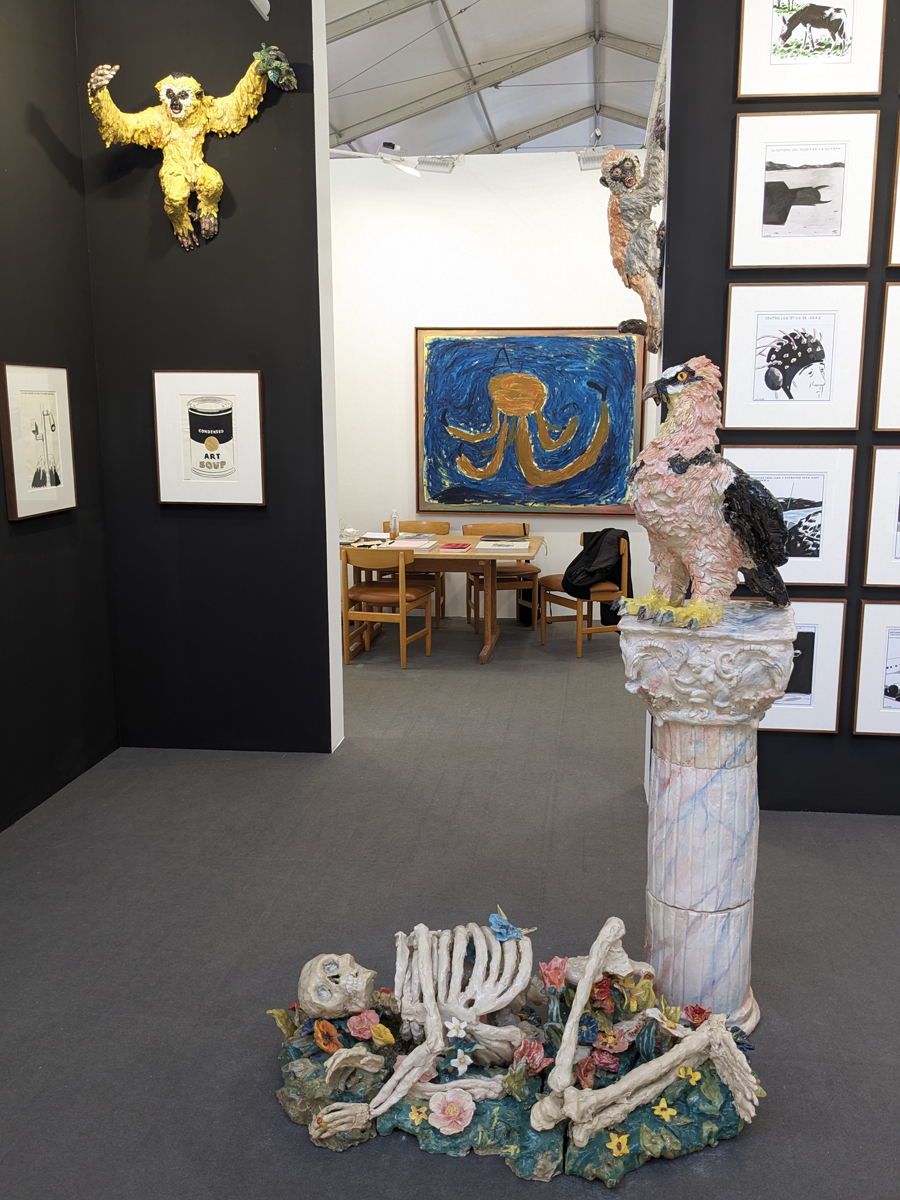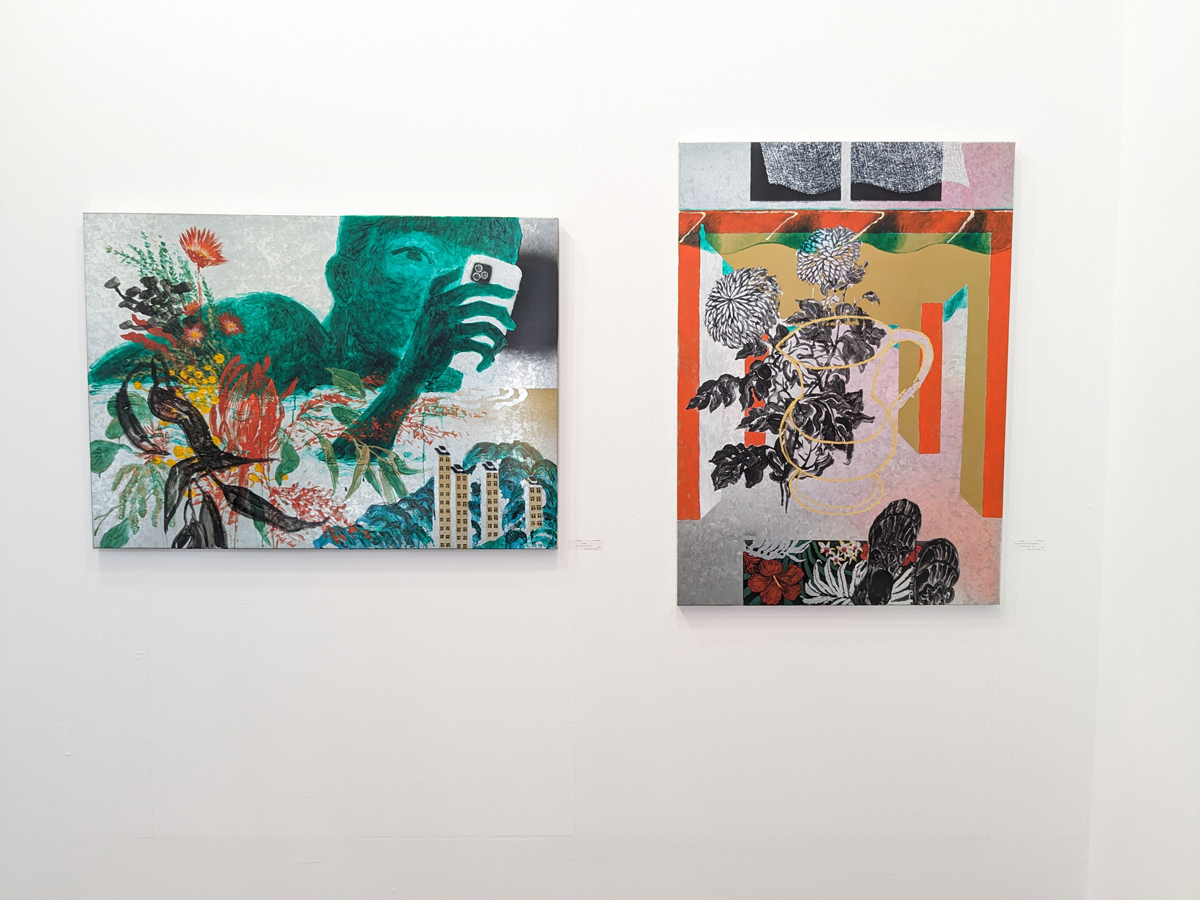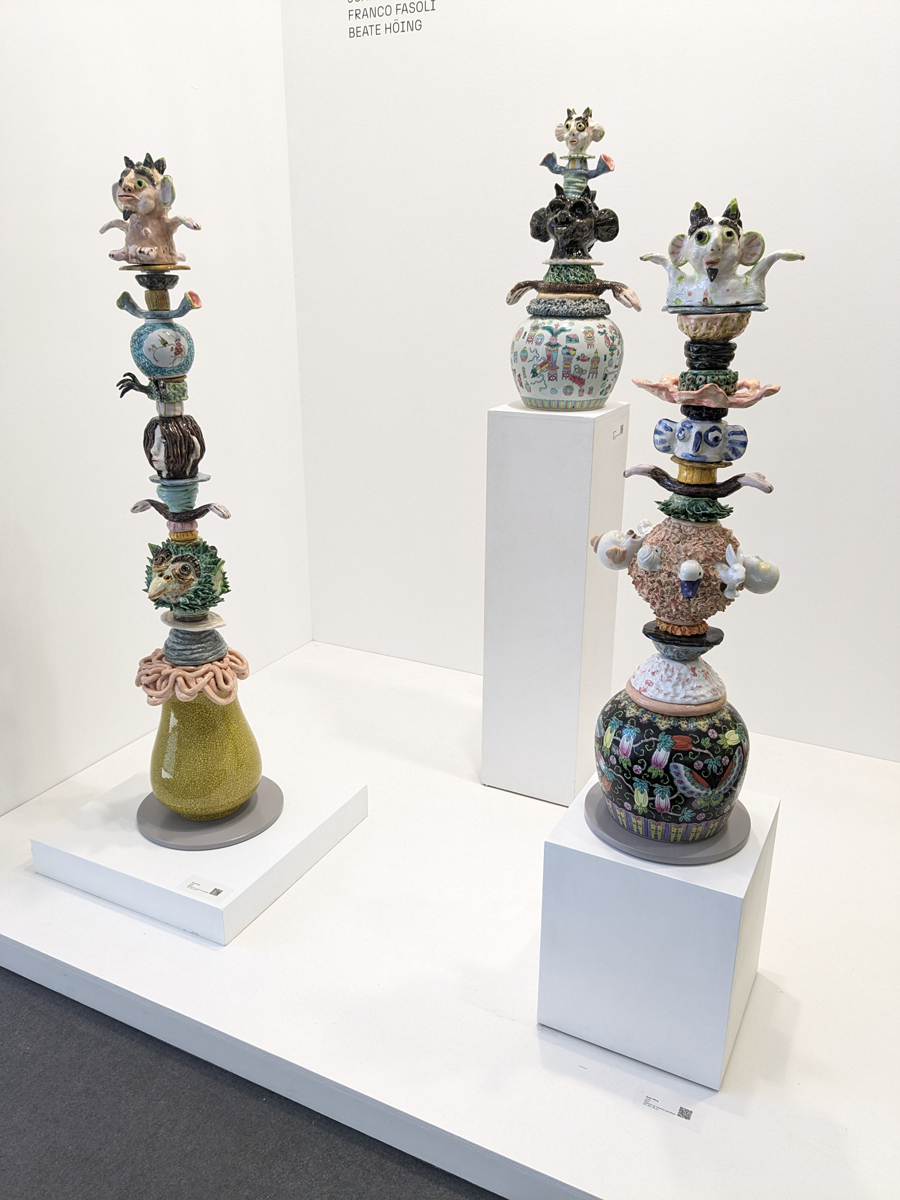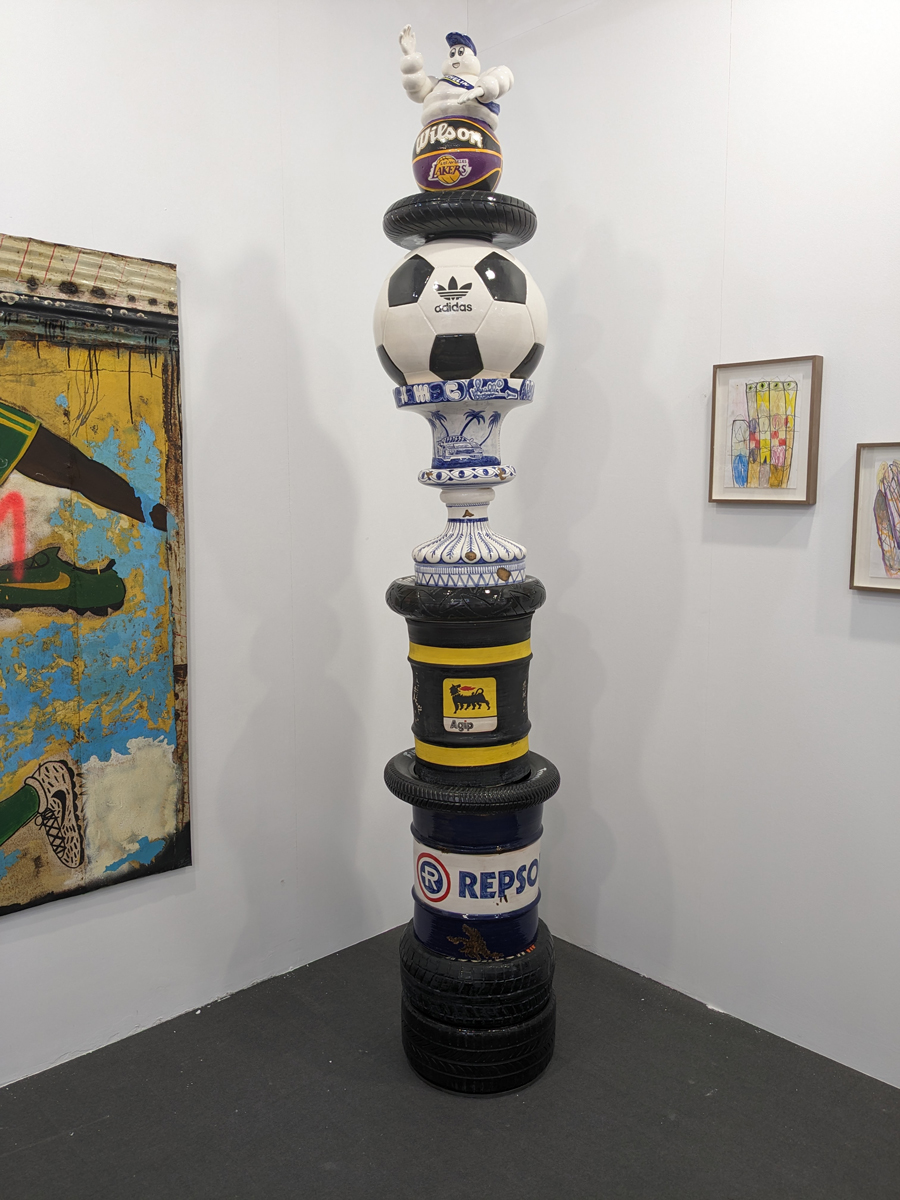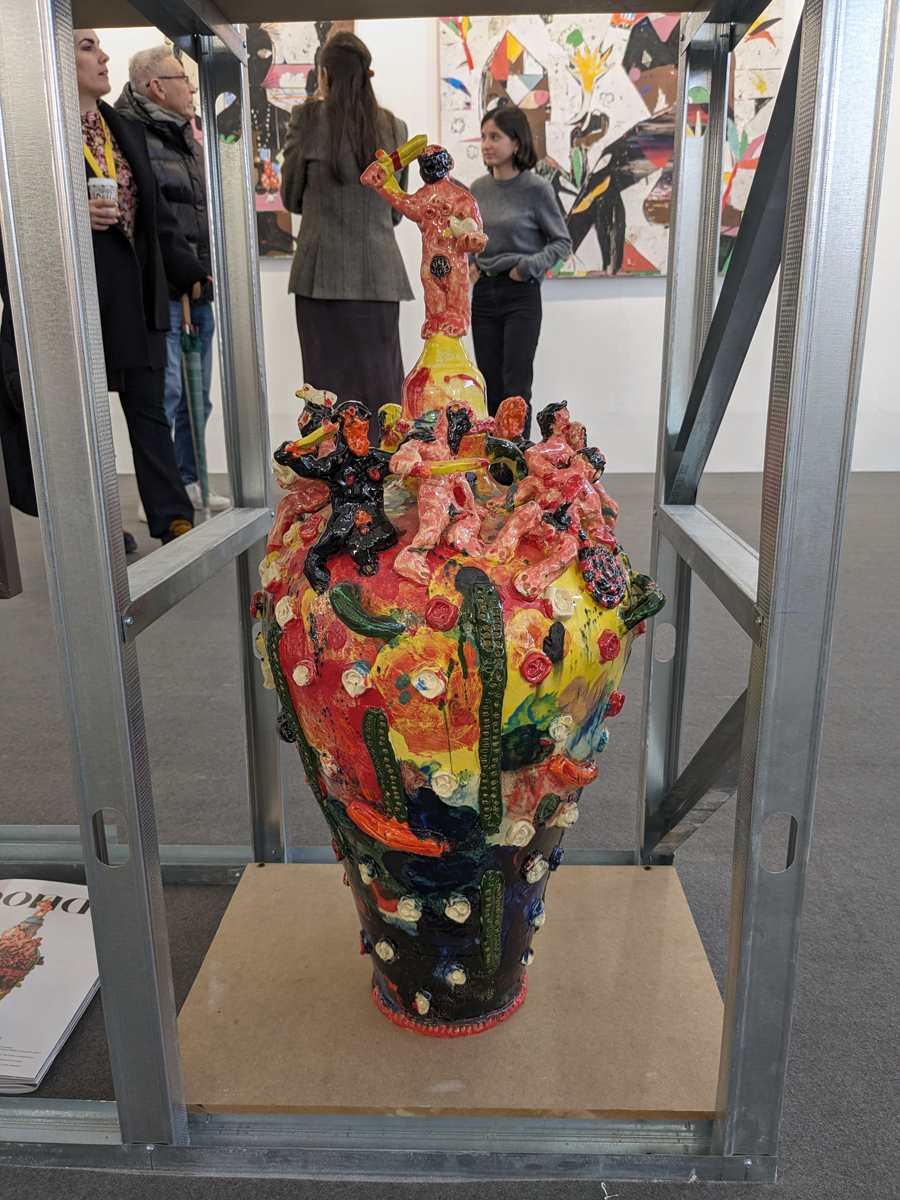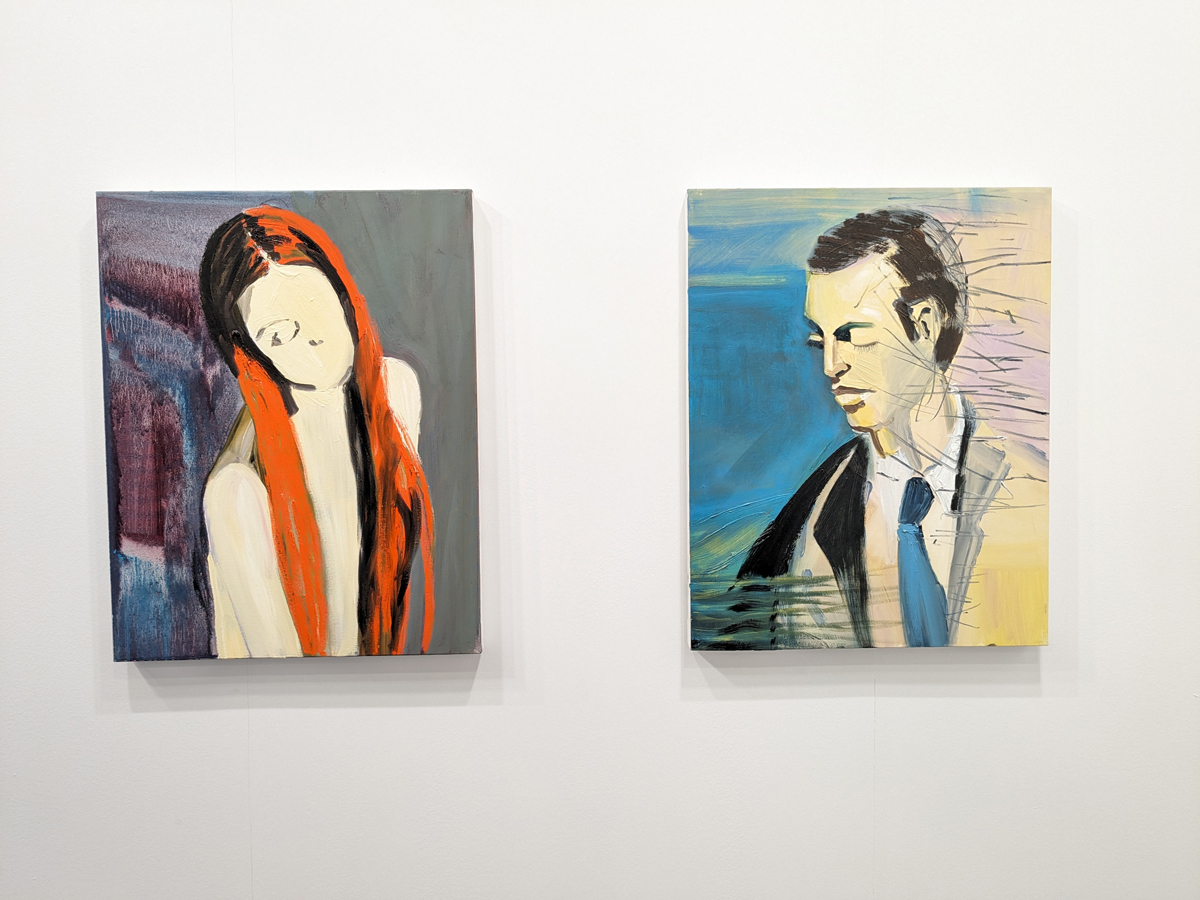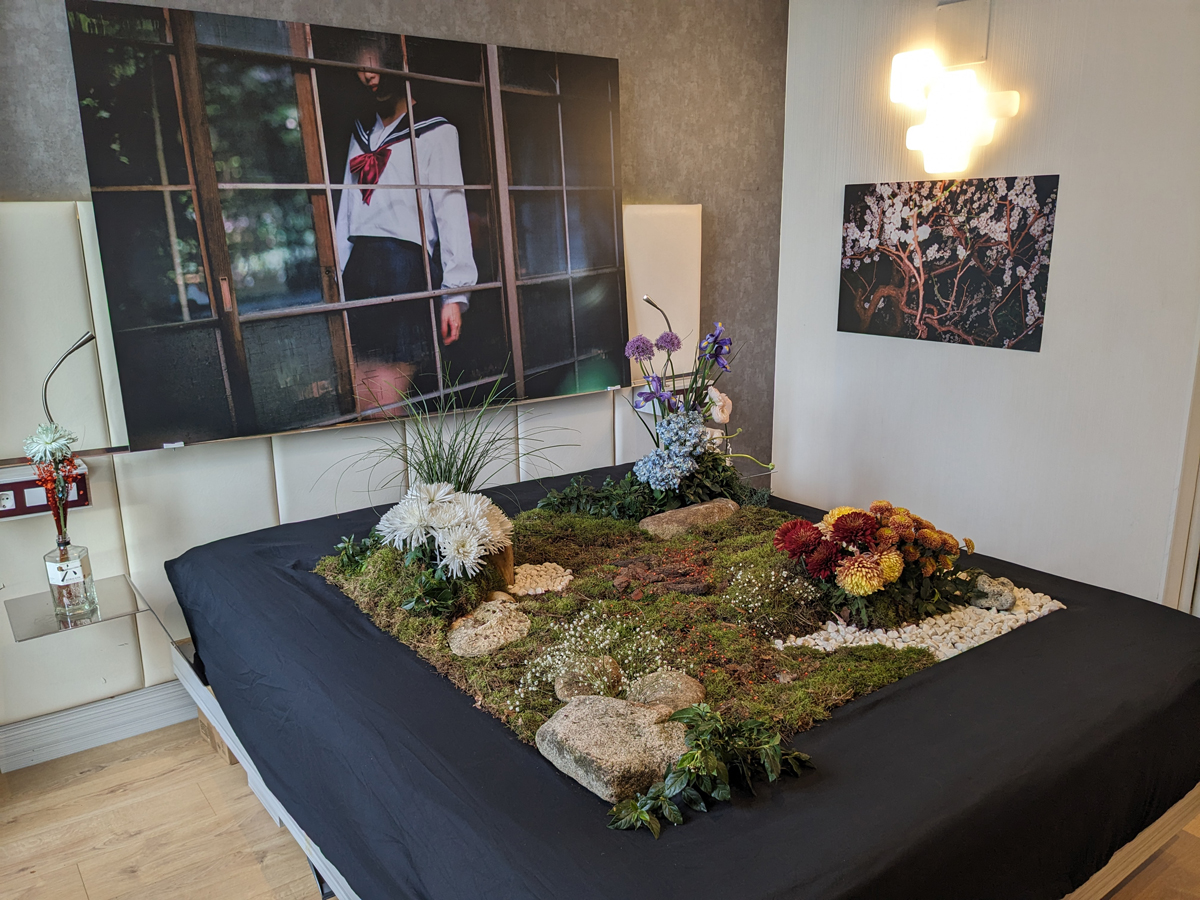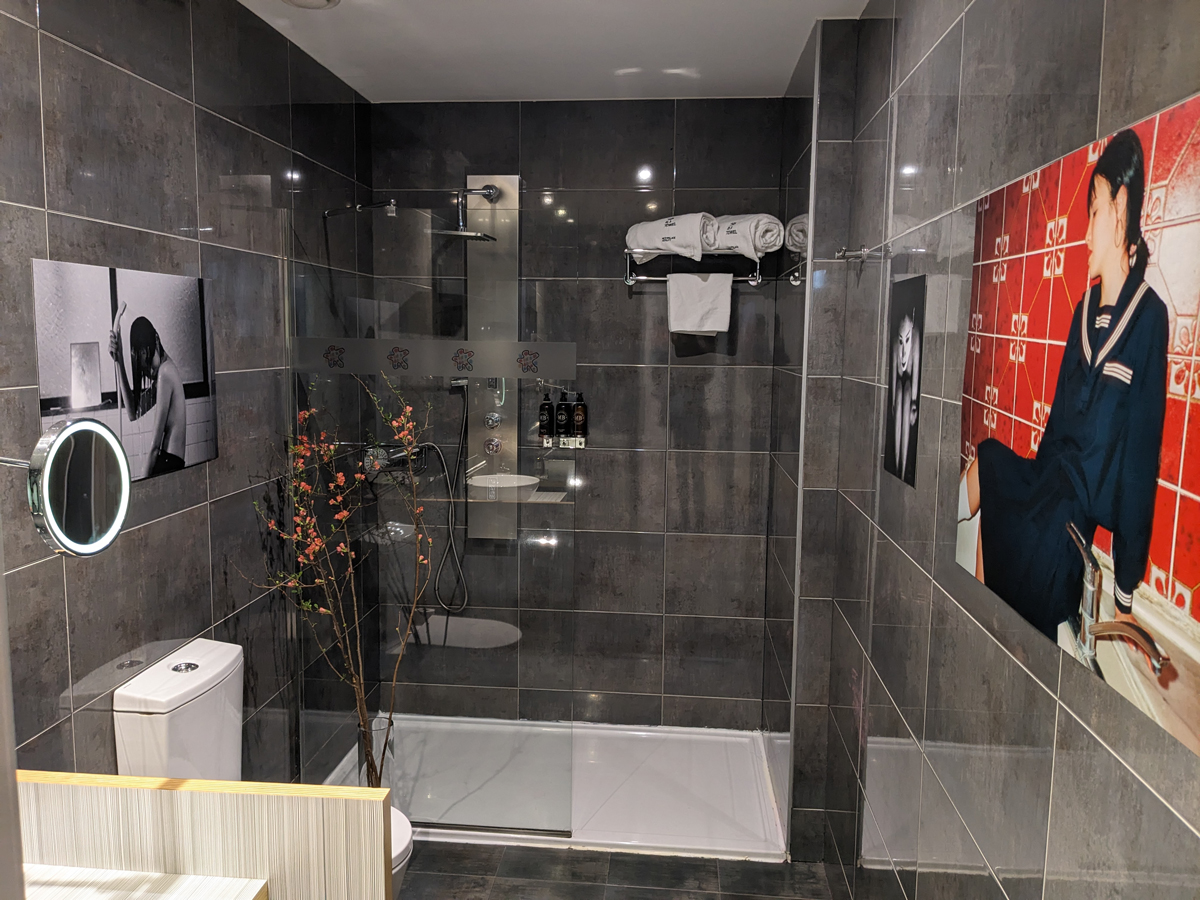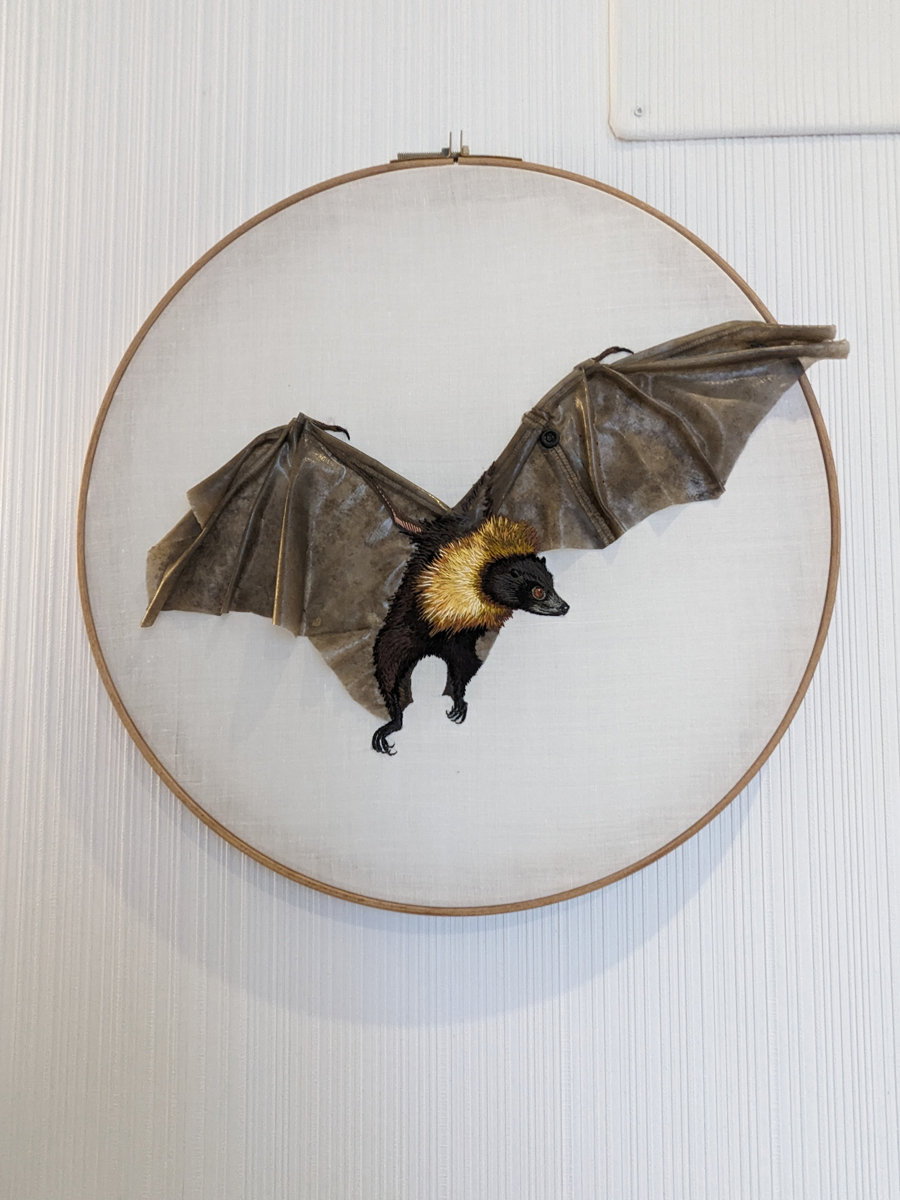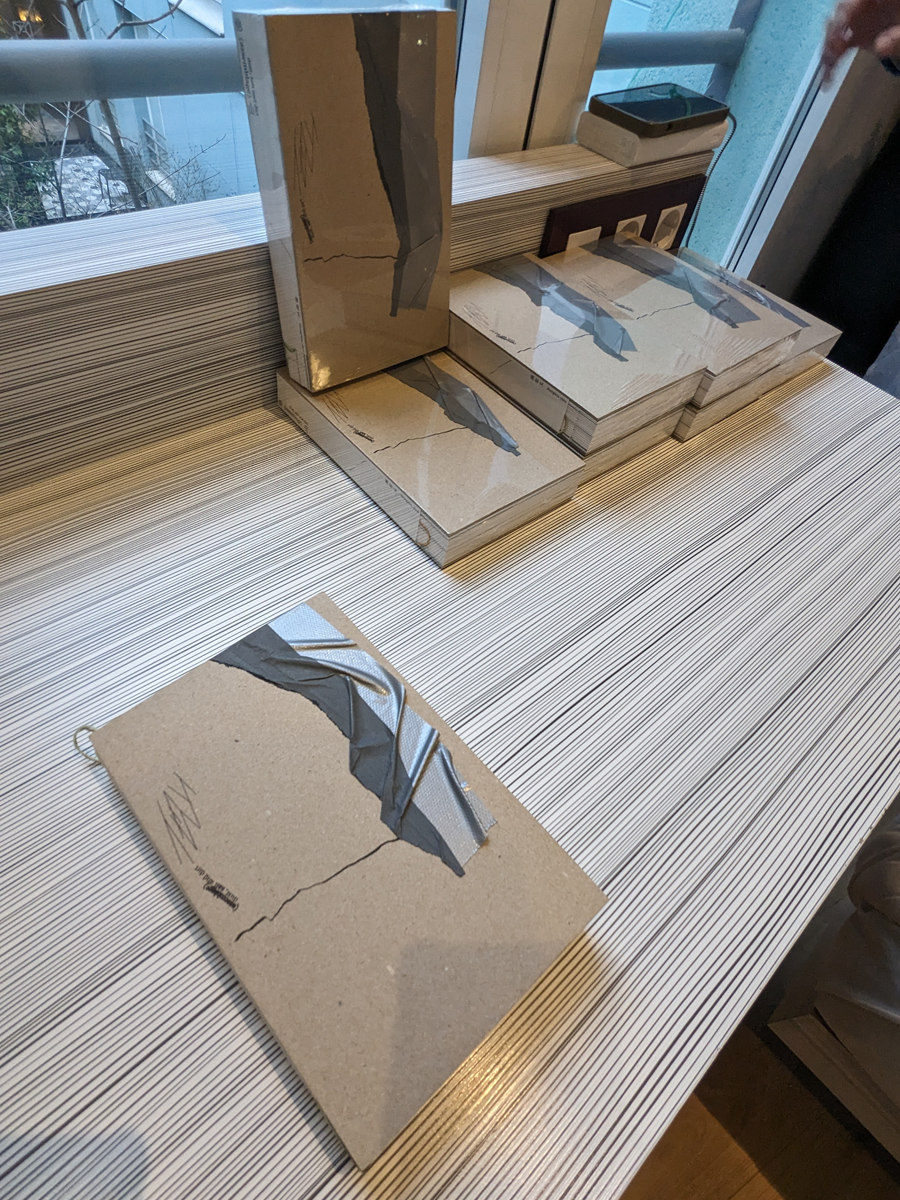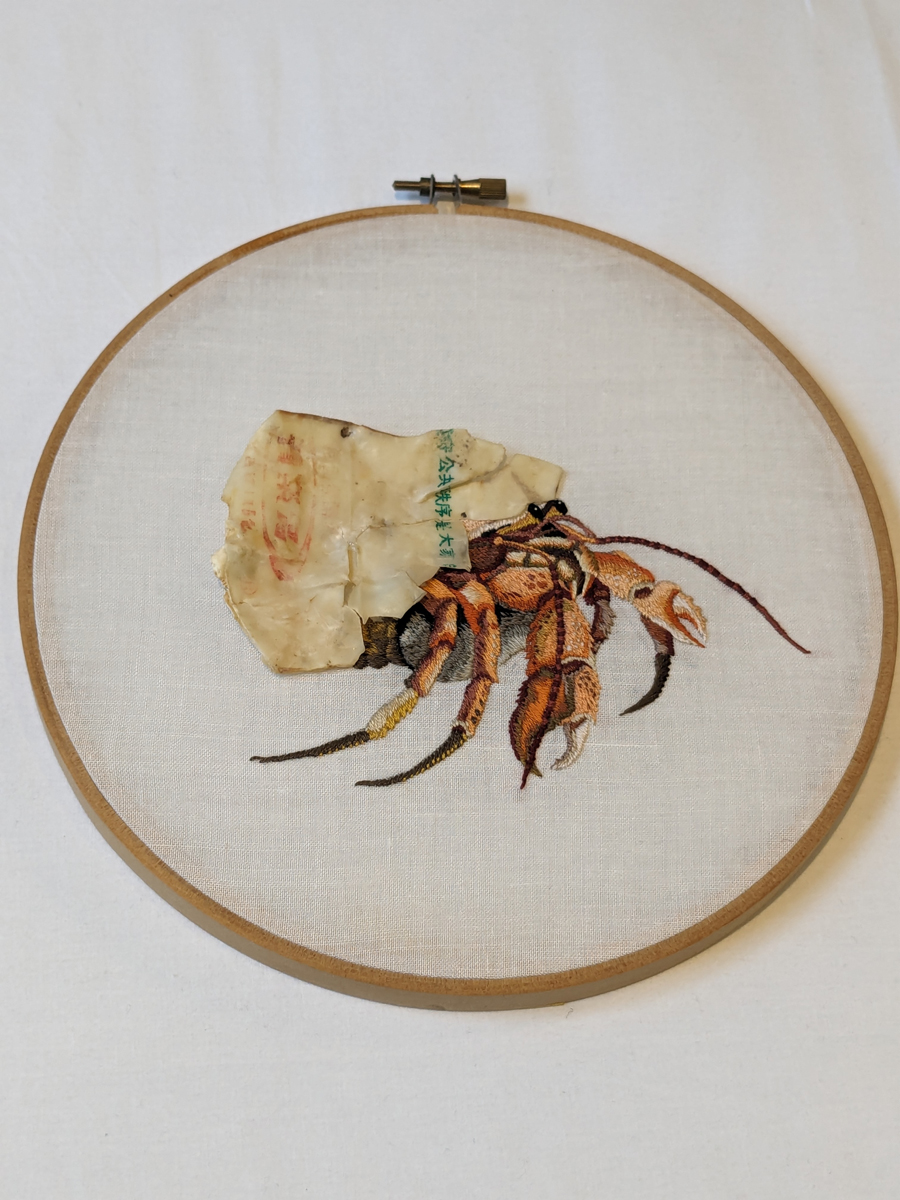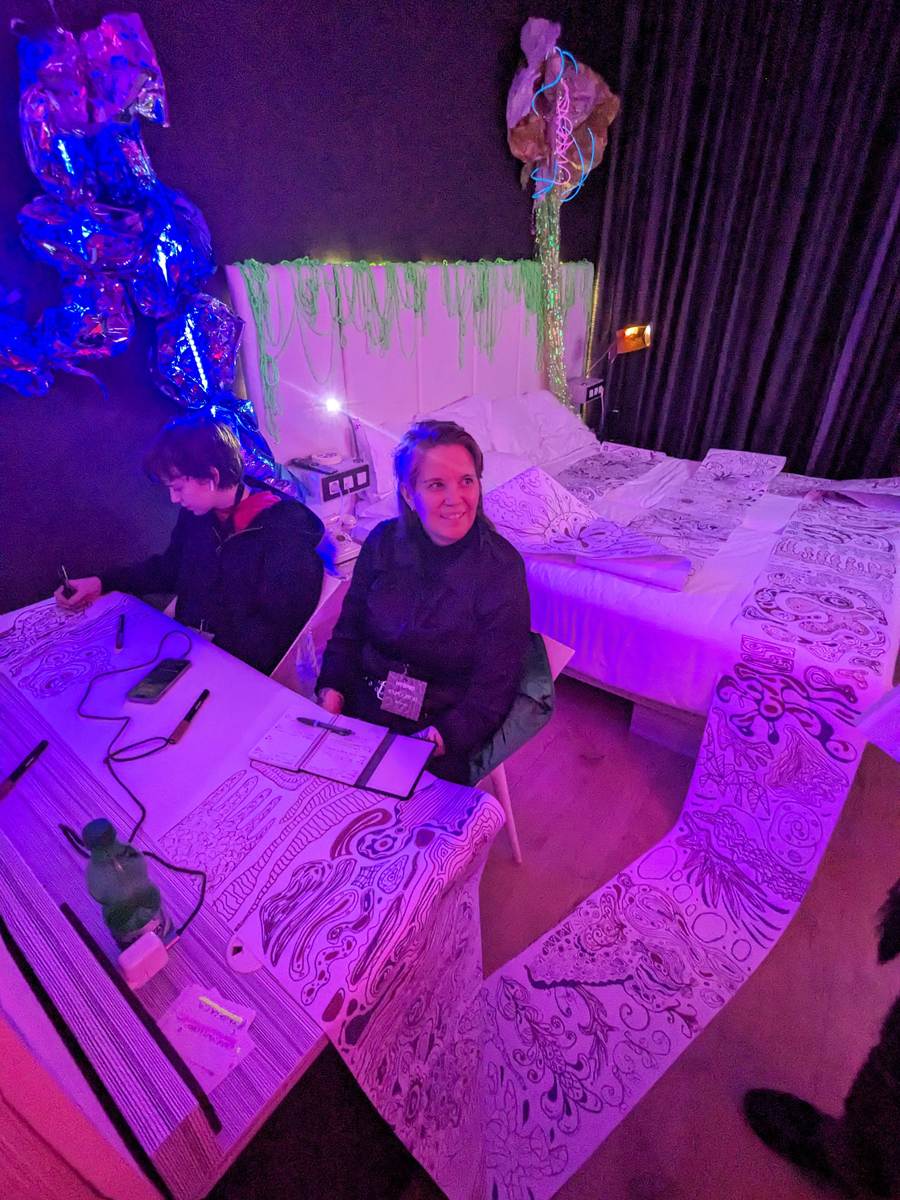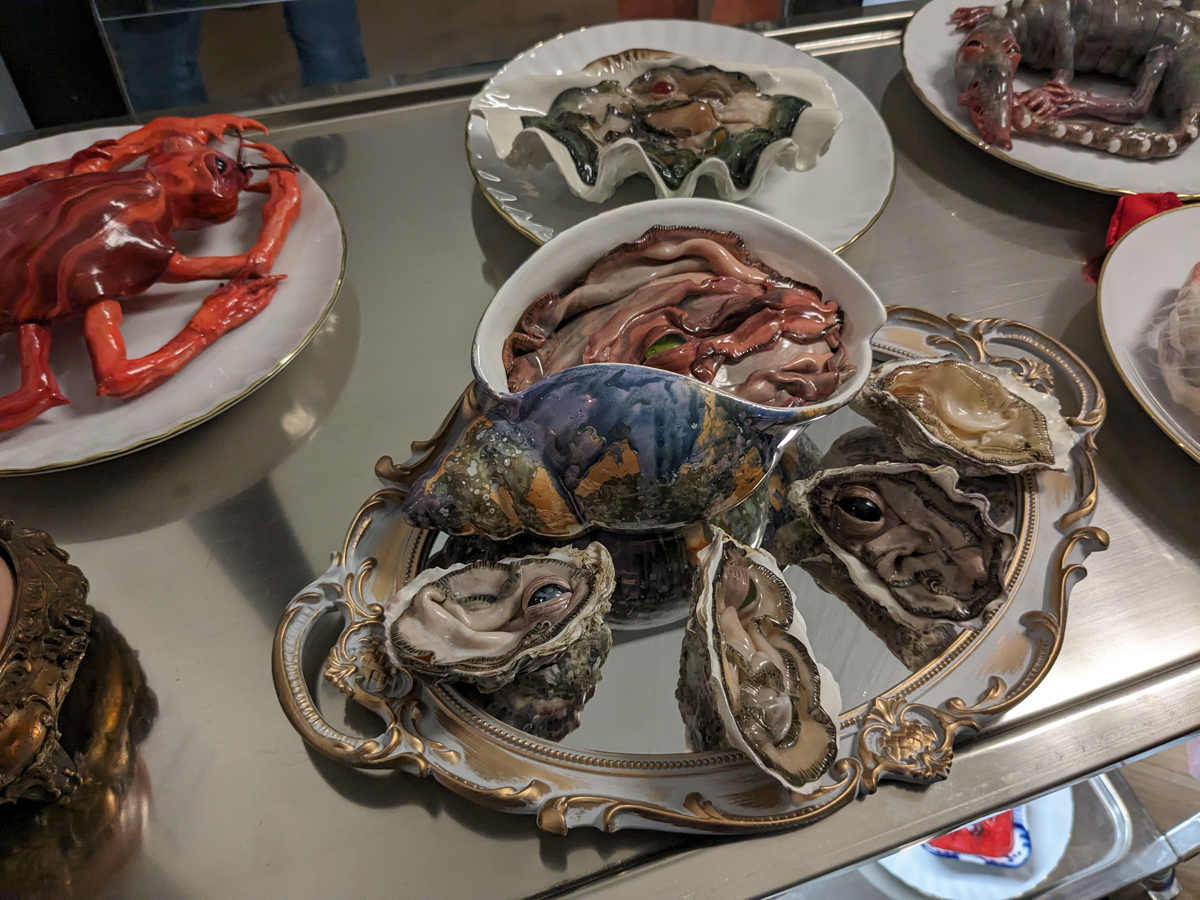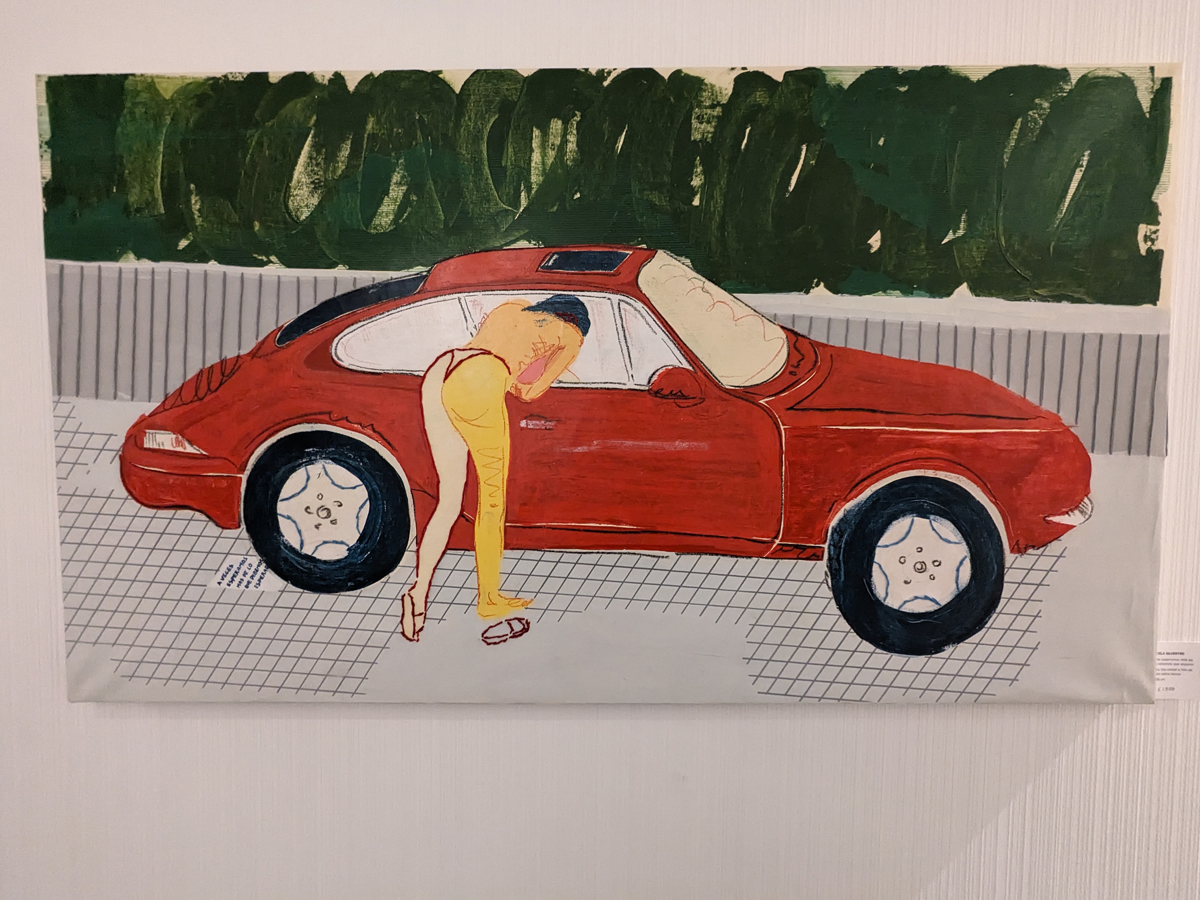I’ve been in Madrid for most of the past week, trying to see as much art as possible between ARCO and its numerous satellite fairs. All of them close on Sunday, March 10, so I’ve assembled my top picks you can reasonably cram into two days.
ARCO, now celebrating its 43rd edition, has become one of the most important events on the European art calendar. It’s such a big deal the king and queen of Spain were there to inaugurate the fair, and I’m kinda kicking myself for not snapping a photo, since I was there at the time for the preview! But in general I tend to let myself forget that Spain still has a monarchy… or rather, went back to having a monarchy in the 1970s. It’s a long story people don’t really like to talk about.
But, on the topic of touchy subjects (no pun intended) part of ARCO’s enduring appeal is a focus on bringing together galleries from Spain’s former colonies and neighbors in the global north under one roof. Last year, I was worried that role might be becoming redundant with the meteoric rise of fairs in Miami, Mexico City, and now Los Angeles. I realized, however, that strong local support from institutions, collectors, and the state (hell, even the fricking king!) keeps the momentum going. It’s hard to imagine Charles and Camilla cutting the ribbon at Frieze London… but I bet Harry and Megan would be down for the photo op at its California spin-off for the right price!
